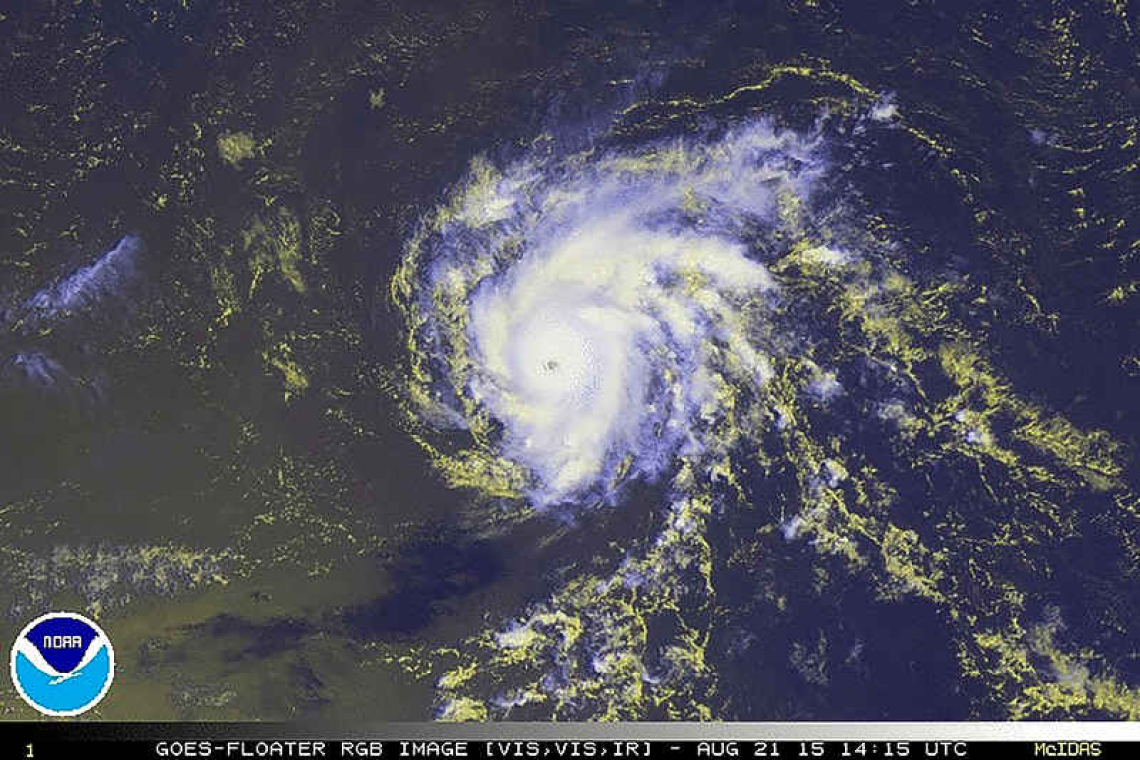PHILIPSBURG--Forecasters at Colorado State University for a second time raised their estimate for tropical storms during this year’s Atlantic hurricane season, citing record warm sea surface temperatures.
The group had last month raised its outlook to a near-normal season and number of storms. On Thursday, it boosted its forecast to 18 named storms, producing nine hurricanes, four of which could become major storms with winds of at least 111 miles per hour (179 kph).
“Most of the tropical and subtropical Atlantic now has record warm sea surface temperatures,” Colorado State's Tropical Meteorology and Climate Research group said in its latest update. Those temperatures are “the primary reason for the increase in our forecast numbers,” CSU said.
The effect of El Nino, a weather phenomenon that suppresses Atlantic hurricane activity, this year has been offset by very hot ocean waters.
“The high chance of a robust El Nino is why CSU’s hurricane forecast is not for every more activity,” wrote CSU researcher Phil Klotzbach.
Warm waters fuel more energetic storms by putting more vapor into the air, which can produce more intense precipitation.
June average sea surface temperatures across the north Atlantic were 0.91 degrees Celsius higher than the average for 1991-2020, and half a degree greater than the previous warmest June, the European Union’s Copernicus Climate Change Service, which tracks ocean and air temperatures, said on Thursday.
The Atlantic storm season began on June 1 and runs through Nov. 30.







